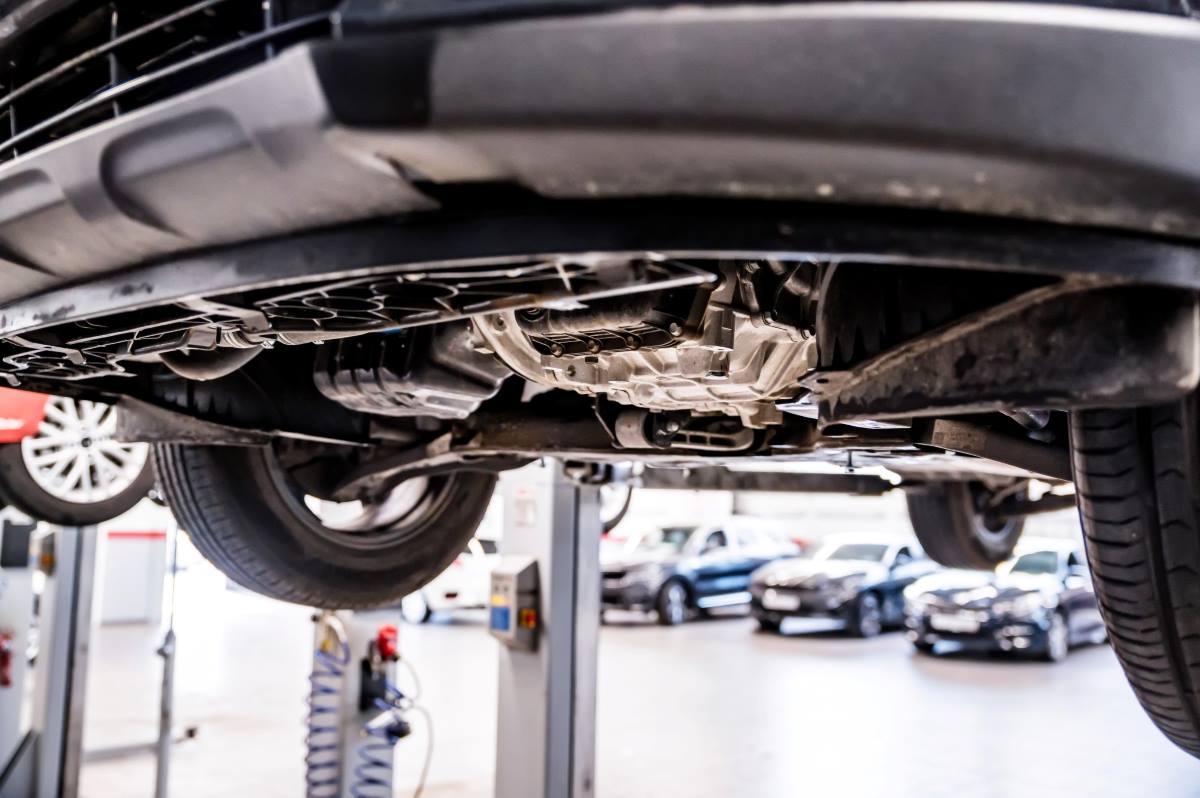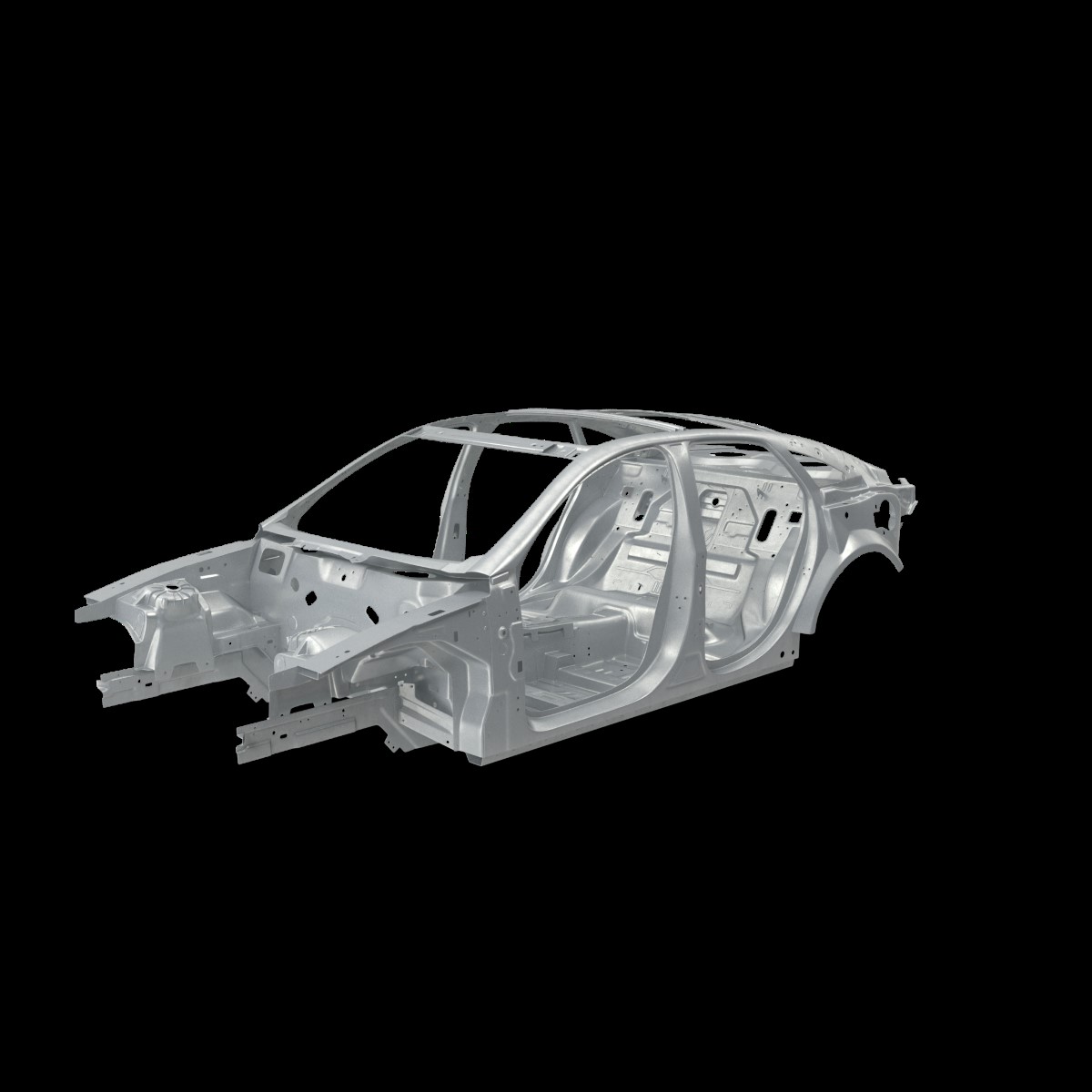9000+ Cashless
Network Garages
96% Claim
Settlement (FY23-24)
24*7 Claims
Support
Click here for new car
I agree to the Terms & Conditions

General
General Products
Simple & Transparent! Policies that match all your insurance needs.


37K+ Reviews
7K+ Reviews
Scan to download
Life
Life Products
Digit Life is here! To help you save & secure your loved ones' future in the most simplified way.


37K+ Reviews
7K+ Reviews
Scan to download
Claims
Claims
We'll be there! Whenever and however you'll need us.


37K+ Reviews
7K+ Reviews
Scan to download
Resources
Resources
All the more reasons to feel the Digit simplicity in your life!
 Tools & Calculators
Tools & Calculators


37K+ Reviews
7K+ Reviews
Scan to download
37K+ Reviews
7K+ Reviews
 Logout
Logout
Our WhatsApp number cannot be used for calls. This is a chat only number.


9000+ Cashless
Network Garages
96% Claim
Settlement (FY23-24)
24*7 Claims
Support
Click here for new car
I agree to the Terms & Conditions

Add Mobile Number
Sorry!

9000+ Cashless
Network Garages
96% Claim
Settlement (FY23-24)
24*7 Claims
Support
Terms and conditions

The chassis frame in vehicles is the most important support component in a vehicle, supporting it from underneath.
The primary purpose of this component is to bear the entire weight of the vehicle, thus, keeping the car intact while it experiences driving forces, such as braking, turning or acceleration.
If you want to know in detail what a chassis frame is, what a frame is in general, and its types and functions, read on.
The structure on which the parts of your vehicle are mounted is called the chassis, commonly referred to as the frame or backbone.
As mentioned above, it is the basis for the bodywork, drivetrain, suspension, and engine. The chassis frame also supports the vehicle and withstands numerous stresses that may arise during operation while also giving the vehicle strength, rigidity, and structural integrity.
Depending on vehicle applications, there are different types of chassis frames:
The oldest and the most basic one, a ladder frame, is made of two longitudinal rails that different cross members further connect. These frames can be commonly found in vehicles that require extreme rigidity and strength, such as trucks and SUVs.

Unlike the previously mentioned ladder frame, a Monocoque frame combines the frame and body into a single unit. In this system, the structural integrity comes from the body panel, removing any need for a separate frame. These frames, which are commonly found in passenger cars, offer improved fuel efficiency, enhanced handling and reduced vehicle weight.
Comprising a lattice-like structure, space frames are made of interconnected tubes, making them lightweight. Given its construction, this type of chassis frame is generally used in high-performance sports cars or supercars. They can withstand high forces while maintaining driving comfort and handling.
As the name suggests, this frame comprises a rectangular hollow cross-section and a tube that directly passes through for connection between the front and rear suspension. This creates a human-like skeleton structure. This chassis frame helps provide better support between the axle and the ground. Further, a vehicle with this frame enjoys extended stability.
When talking about the chassis frame, both terms can seem interconnected. However, they are not. The frame is a broader component, which is the foundation of a vehicle on which the chassis is built.
Thus, the frame supports the chassis the same way the chassis supports the vehicle. All components of the chassis are fitted into the vehicle frame.
Forming the structural support of a vehicle, the frame has the following functions:
Typically, there are three basic types of frames used in vehicles. They are:
This type of frame is connected to the chassis using springs. It is also called non-load carrying frames, as the function is entirely transferred to the vehicle suspension system.
An integral frame means the body of the chassis itself functions as the frame. These are also called mono units or chassis less.
Somewhat similar to integral frames, this is made of a frame, and the other half is a frameless unit. The frame unit supports the engine and gearbox.
While driving, there are certain forces that the chassis frame has to endure to achieve optimal vehicle handling and comfort. These forces include:
The force on a vehicle due to vertical weight is termed as vertical bending. The weight of the passengers sitting in a car or the car’s weight is an example of vertical bending.
This happens when one vehicle wheel is lifted while the other stays on the ground. This, in turn, twists the frame, leading to longitudinal torsion.
When you apply sudden brakes or acceleration, some amount of force is endured by the chassis frame. When braking, the force goes towards the frame’s front, while acceleration releases force towards the rear frame.
When driving on uneven roads, the vehicle’s chassis frame may collapse or lose its shape. These types of sudden forces are called impact roads.
Overloading is another type of force acting upon the vehicle’s chassis frame, which indicates that the vehicle has become overweight, putting too much pressure on the frame.
Now that you know more about chassis frames and the meaning and function of frames in a broader aspect, check out these aspects during your next big purchase! You should also be aware of the different types of forces that act on the chassis frame as these have a lot to do with the overall driving efficiency and handling comfort.
Yes, car chassis can be repaired in most cases. However, the repair would depend on the extent of the damage.
Yes, car chassis can be repaired in most cases. However, the repair would depend on the extent of the damage.
A well-made chassis frame positively affects the durability of a vehicle by supporting the entire weight of the vehicle. It helps provide a stable platform for different components of the vehicle, thus contributing towards a safer and more comfortable ride by improving durability significantly.
A well-made chassis frame positively affects the durability of a vehicle by supporting the entire weight of the vehicle. It helps provide a stable platform for different components of the vehicle, thus contributing towards a safer and more comfortable ride by improving durability significantly.
A car chassis frame is typically made of steel, offering weight and strength. However, some manufacturers also use carbon fibre or aluminium to reduce the component’s weight and improve fuel efficiency.
A car chassis frame is typically made of steel, offering weight and strength. However, some manufacturers also use carbon fibre or aluminium to reduce the component’s weight and improve fuel efficiency.
The chassis frame can be replaced to provide a more rigid performance. This is called reinforced chassis, which increases vehicle stability more than the typical construction.
The chassis frame can be replaced to provide a more rigid performance. This is called reinforced chassis, which increases vehicle stability more than the typical construction.
Please try one more time!
Other Important Articles About Different Car Parts
Other Important Articles about Car Insurance
Have queries related to Digit motor insurance policy? You can refer to our Policy Wordings for detailed information or reach out to our support team via WhatsApp self-support, email or phone using the information below:
Connect with our self-serve chat bot support - 7026061234
Write to us at hello@godigit.com
Contact
Call us on 1800-258-5956
Other Motor Insurance Plans and Guides
Currently there are no news to show.
Read More
Renew & Download Policy Document, Check Challan, Credit Score, PUC & more
Anytime, Anywhere. Only on Digit App!

4.7
Rated App56K+ Reviews
4.7
Rated App
56K+ Reviews
4.3
Rated App11K+ Reviews
4.3
Rated App
11K+ Reviews
Scan to Download


Author: Team Digit
Last updated: 07-04-2025
CIN: L66010PN2016PLC167410, IRDAI Reg. No. 158.
Go Digit General Insurance Limited | Corporate Office Address: Atlantis, 95, 4th B Cross Road, Koramangala Industrial Layout, 5th Block, Bengaluru 560095 | Registered Office Address: 1 to 6 floors, Ananta One (AR One), Pride Hotel Lane, Narveer Tanaji Wadi, Shivaji Nagar, Pune-411005, Maharashtra | Trade logo of Go Digit General Insurance Ltd. displayed above belongs to Go Digit lnfoworks Services Private Limited and is provided and used by Go Digit General Insurance Ltd. under license.
Explore exclusive features, file claims & access policy on Digit App!
You can also scan this QR code to download the App.